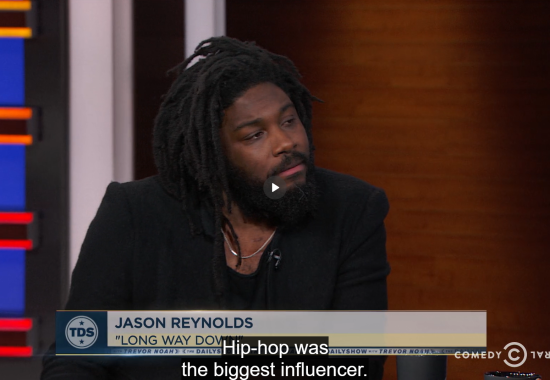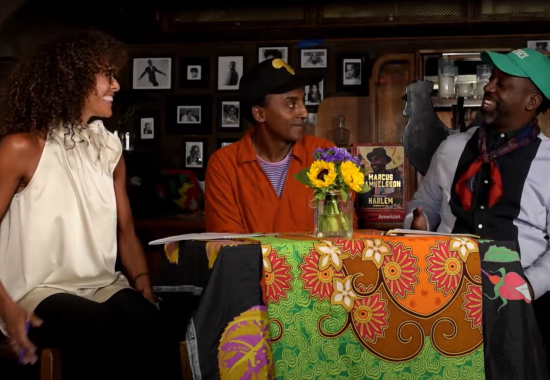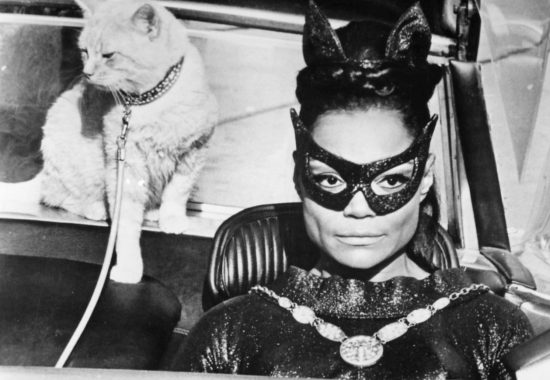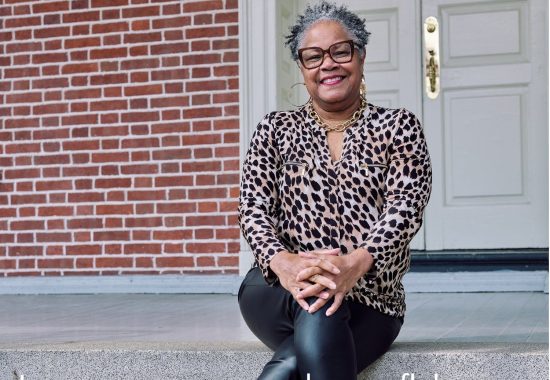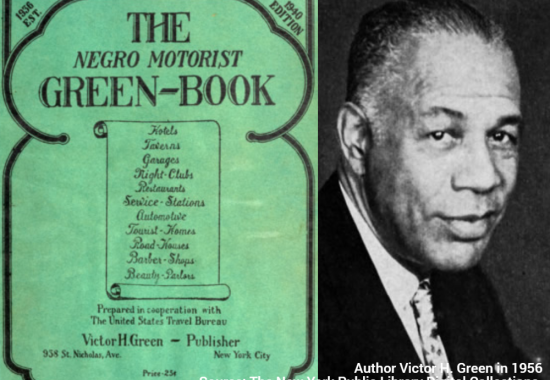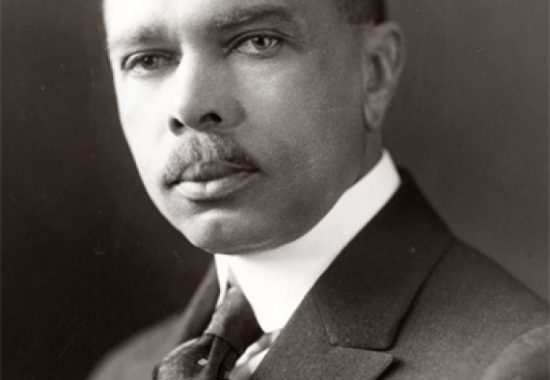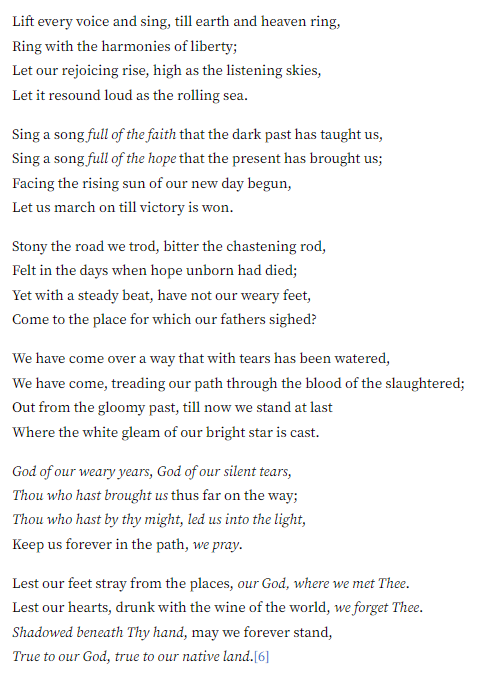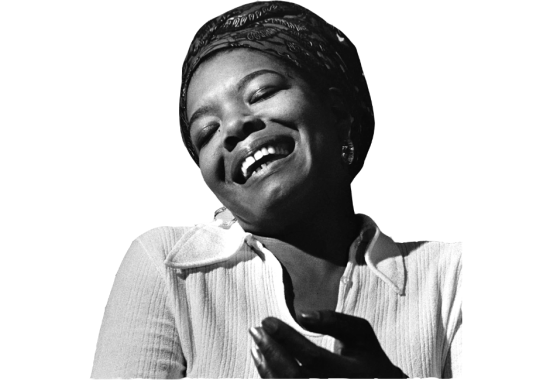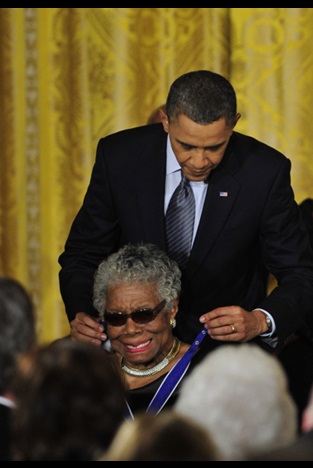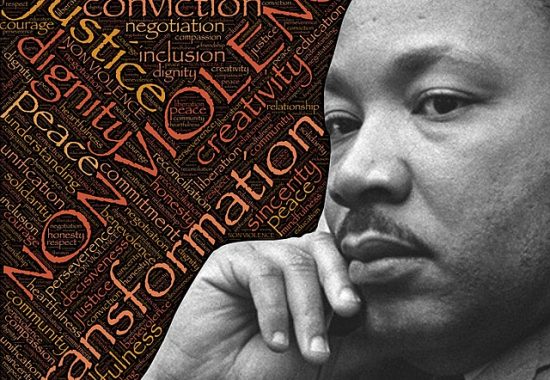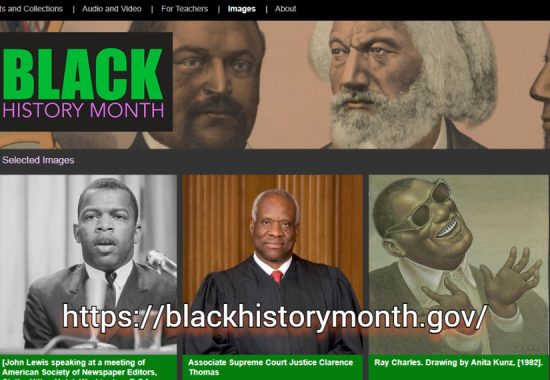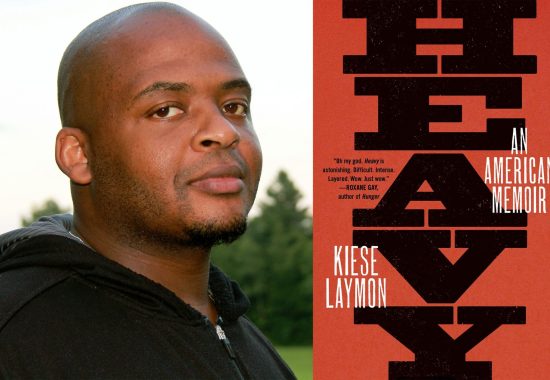By TRJ Parent Rebecca Howerd
Jason Reynolds is a highly acclaimed and influential author known for his impactful contributions to contemporary literature, particularly for youth, as well as his activism and his approachability and service to kids and young adults. Born in 1983 outside Washington, D.C., Reynolds has risen to prominence for his ability to authentically capture the experiences of Black youth in America while dismantling stereotypes and creating empathy and positive self- and societal perceptions of Blackness.
Reynolds started writing poetry when he was nine years old, inspired by Queen Latifa’s third album, Black Reign. Rap would continue to be his primary form of literary inspiration, because at the time there weren’t books about contemporary black youth experience, and for Reynolds, Rap gave him a sense of existence: “Rap music . . . let me know that who I already was was good enough.”
Reynold’s books, often written in verse, create a sense of connection and empowerment by portraying relatable characters living ordinary lives and facing issues that Black youth often grapple with and don’t often seen portrayed in “classic” literature.
Reynolds has actively advocated for increased diversity in literature and has been vocal about the need for more inclusive narratives. He emphasizes the importance of having stories that reflect the richness and diversity of the Black experience and has worked to promote literacy, frequently engaging with young readers through school visits, speaking engagements and initiatives to make literature more accessible.
For more on this phenomenal game-changer, listen to his interview with Trevor Noah here:
 https://www.cc.com/video/avk8pe/the-daily-show-with-trevor-noah-jason-reynolds-serving-young-readers-with-long-way-down
https://www.cc.com/video/avk8pe/the-daily-show-with-trevor-noah-jason-reynolds-serving-young-readers-with-long-way-down

